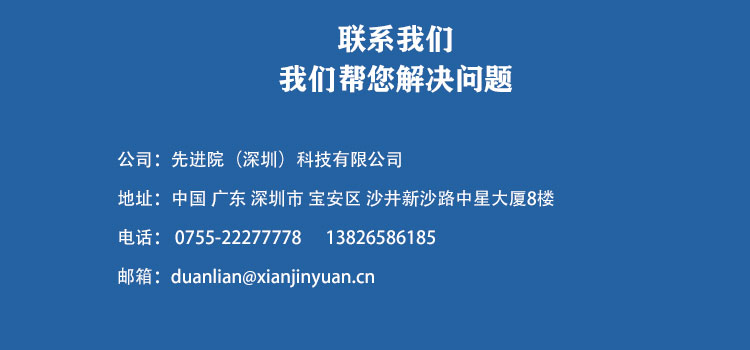

Hotline:0755-22277778
Tel:0755-22277778
Mobile:13826586185(Mr.Duan)
Fax:0755-22277776
E-mail:duanlian@xianjinyuan.cn
In modern electromagnetic equipment, high permeability and low loss magnetic separators are highly favored due to their ability to efficiently guide magnetic fields and reduce energy loss. However, even in such high-performance materials, eddy current losses are still a concern that needs to be addressed and minimized as much as possible. This article will explore how to effectively reduce the eddy current losses of high permeability and low loss magnetic separators while maintaining high magnetic permeability.
The resistivity of conductor materials is one of the key factors affecting eddy current losses. In order to reduce eddy current losses, conductor materials with high resistivity should be selected, but this often contradicts the need to maintain high magnetic permeability. Therefore, it is necessary to find a balance point in material selection. For example, although traditional conductor materials such as copper and aluminum have relatively low electrical resistivity, in some applications, special alloying treatments or the use of composite materials can increase electrical resistivity to a certain extent while maintaining high magnetic permeability.
In addition, new high permeability and low loss materials such as amorphous alloys and nanocrystalline alloys can also be considered for use. These materials have excellent magnetic permeability and low loss characteristics, making them an ideal choice for reducing eddy current losses.
The optimization of conductor structure is also an effective means to reduce eddy current losses. Here are some commonly used structural optimization methods:
Magnetic shielding technology is a method of reducing eddy current losses by placing a shielding layer around a conductor to minimize the impact of external magnetic fields on the conductor. In high permeability and low loss magnetic separators, the magnetic shielding layer can be made of high permeability materials such as iron, nickel, cobalt, etc. These materials can effectively guide magnetic field lines, reduce magnetic resistance, and lower eddy current losses.
The magnetic shielding layer can be in the form of coatings, films, multilayer composites, etc. In practical applications, it is necessary to select appropriate shielding layer forms and materials based on specific requirements and process conditions.
Electromagnetic field control technology reduces eddy current losses in conductors by altering the distribution and intensity of external magnetic fields. Here are some commonly used electromagnetic field control techniques:
Numerical simulation technology can provide strong support in designing and optimizing high permeability and low loss magnetic separators. By simulating the electromagnetic induction process of a conductor in an external magnetic field through a computer, the distribution and magnitude of eddy current losses can be predicted and analyzed. Based on numerical simulation results, the conductor structure and magnetic field parameters can be optimized to reduce eddy current losses.
Meanwhile, experimental verification is also an indispensable step. By measuring and analyzing the electromagnetic induction process of conductors in external magnetic fields, the accuracy of numerical simulation results can be verified, and methods to reduce eddy current losses can be further optimized.
In summary, reducing the eddy current losses of high permeability and low loss magnetic separators requires multiple approaches, including material selection, structural optimization, magnetic shielding technology, electromagnetic field control technology, as well as numerical simulation and experimental verification. By comprehensively considering these factors and taking effective measures, it is possible to significantly reduce eddy current losses, improve the efficiency and reliability of electromagnetic equipment while maintaining high magnetic permeability. With the continuous advancement of materials science and preparation technology, there will be more innovative methods and materials applied in this field in the future, promoting the continuous improvement of electromagnetic equipment performance.
The above data is for reference only, and specific performance may vary due to production processes and product specifications.

Advanced Institute (Shenzhen) Technology Co., Ltd, © two thousand and twenty-onewww.leird.cn. All rights reservedGuangdong ICP No. 2021051947-1 © two thousand and twenty-onewww.xianjinyuan.cn. All rights reservedGuangdong ICP No. 2021051947-2